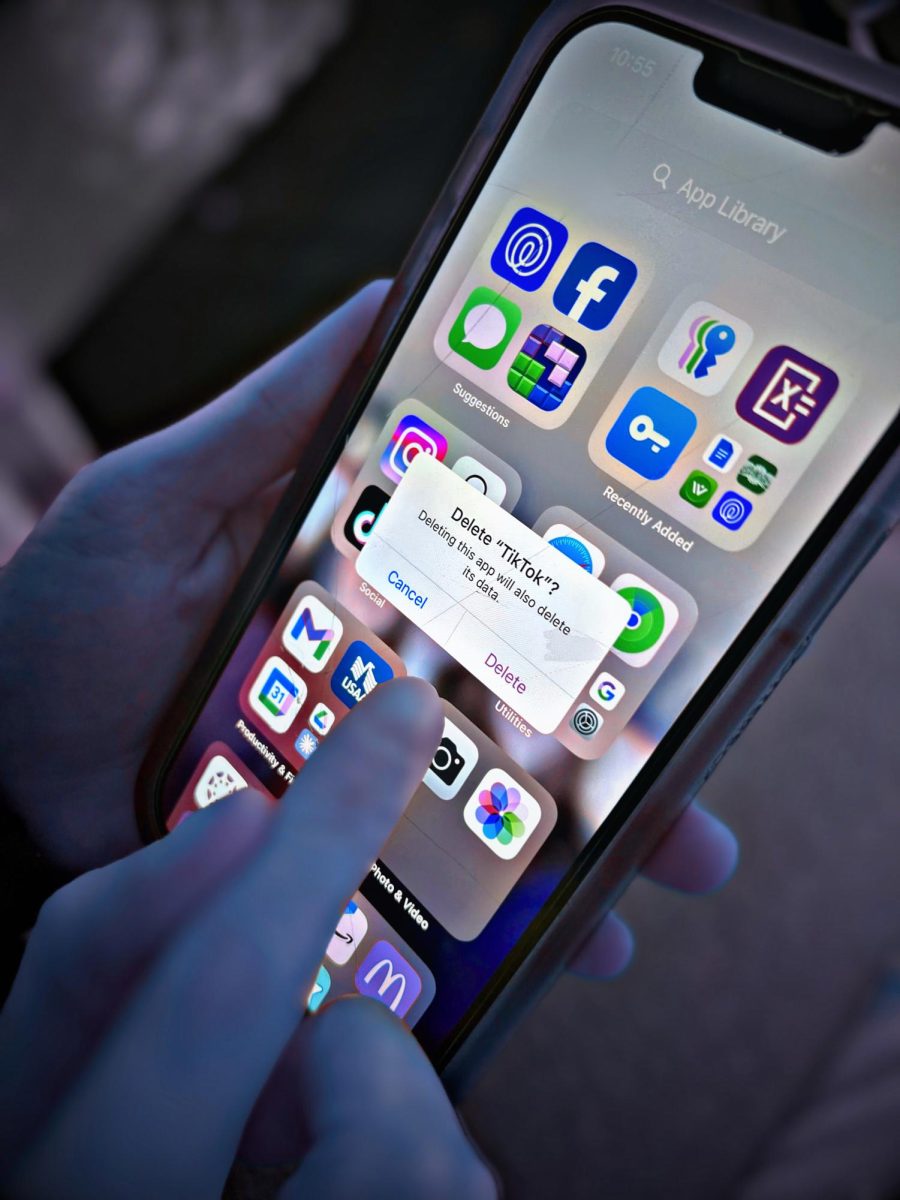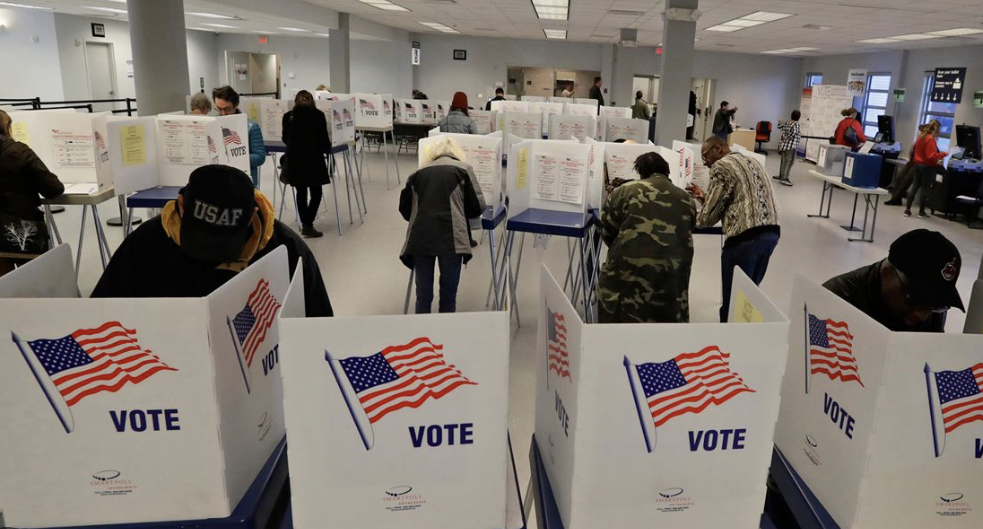If you’ve spent more than five minutes on TikTok lately, you’ve probably encountered her: the wellness influencer with perfect skin, sipping her $15 latte while explaining how you too can achieve inner peace through a morning routine that requires approximately three hours, seventeen different supplements, and the disposable income of a small European nation. She’s got her jade roller, her red light therapy device, snail mucus (yes, that’s a real thing), an incredible amount of cotton pads, and a carefully curated collection of crystals, all arranged in aesthetically pleasing rows for maximum visual impact. Welcome to modern wellness culture, where self-care has become a full-time job and inner peace comes with a price tag.
There’s something undeniably entertaining about watching someone earnestly explain why drinking celery juice at 5 AM while doing breathwork in designer athleisure will fundamentally transform your existence. But somewhere between the ice baths and morning sheds, wellness culture stopped being about actual wellbeing and started being about something else entirely: performance, consumption, and the curious belief that happiness can be purchased one overpriced superfood at a time.
The transformation of wellness from a personal practice into a public spectacle reflects something deeper about how we approach self-improvement in the digital age. What was once a private journey of self-discovery has become a carefully curated Instagram story, complete with affiliate links and discount codes. The message is clear: you’re not just working on yourself, you’re building a brand. Your mental health journey isn’t just personal growth, it’s content. And if you’re not documenting every meditation session, green smoothie, and moment of supposed enlightenment, did it even happen? This performative aspect of wellness culture creates a fascinating paradox. The same practices that are supposed to reduce anxiety and promote mindfulness often become new sources of stress and comparison. Suddenly, your morning routine isn’t just about starting your day peacefully, it’s about optimizing your productivity, maximizing your potential, and keeping up with whatever wellness trend is currently dominating your feed. The pressure to wellness correctly becomes just another form of perfectionism, dressed up in positive affirmations and branded as self-love.
The economics of modern wellness culture are particularly revealing. The global wellness industry is worth over $4.5 trillion, which means someone is making serious money off our collective desire to feel better about ourselves. Every anxiety about not being good enough, every insecurity about not living your best life, every fear about not reaching your full potential has been packaged, marketed, and sold back to us in the form of products, programs, and practices that promise transformation for the right price. This commodification creates an insidious cycle as first wellness culture identifies problems: you’re stressed, unfulfilled, not living authentically. Then, it offers “solutions” that often create new problems in themselves: you’re not committed enough you need more products to achieve true wellness. The very culture that promises to free you from toxic patterns often creates its own forms of toxicity, just wrapped in prettier packaging and accompanied by inspirational quotes about self-love.
The rise of “toxic positivity” within wellness spaces exemplifies this perfectly. The constant pressure to maintain a positive mindset, to find the silver lining in every situation, and to frame every struggle as a “growth opportunity” can be just as damaging as outright negativity. When wellness culture tells you that your negative emotions are simply a choice you’re making, or that you can manifest your way out of legitimate problems, it’s not offering healing but rather a different form of victim-blaming, one that sounds spiritual and empowering but leaves people feeling even more isolated when their reality doesn’t match the glossy wellness narrative. Again, social media has accelerated these trends exponentially. The platforms that were supposed to connect us have instead created new forms of comparison and competition, where even vulnerability becomes a performance and authenticity becomes a brand strategy. The wellness influencer sharing her mental health journey isn’t just being open about her struggles, she’s building an audience. The person posting about their therapy breakthrough isn’t just processing their growth, they’re creating content. This isn’t to say that all wellness content is disingenuous, but rather that the medium itself changes the message in ways that often contradict the very values wellness culture claims to promote. However, most troublingly, wellness culture often promotes individualistic solutions to systemic problems. Feeling overwhelmed by work? Try meditation instead of advocating for better work-life balance policies. Struggling with anxiety about the future? Practice gratitude instead of addressing the legitimate concerns about climate change, economic inequality, or social injustice that might be fueling that anxiety. This focus on individual optimization can become a form of spiritual bypassing, where personal growth becomes a substitute for collective action and self-care becomes an excuse to avoid engaging with uncomfortable realities. The accessibility issue in wellness culture cannot be ignored either. When self-care requires expensive supplements, boutique fitness classes, organic everything, and enough free time to maintain elaborate morning and evening routines, it becomes yet another marker of privilege rather than a genuine path to wellbeing. The implicit message is that if you can’t afford to wellness properly, you don’t deserve to feel good about yourself, which is perhaps the most unwellness thing of all.
Yet despite these criticisms, it would be unfair and inaccurate to dismiss wellness culture entirely. Many people have genuinely benefited from practices like meditation, therapy, exercise, and mindful eating. The problem isn’t the practices themselves but rather how they’ve been commodified, performatized, and stripped of their deeper context. Meditation has been practiced for thousands of years not as a productivity hack but as a spiritual discipline. Therapy isn’t meant to be content but rather a private space for genuine healing. The issue isn’t that people are seeking ways to feel better, it’s that capitalism has figured out how to monetize that seeking in ways that often undermine the very goals people are trying to achieve.
The solution isn’t to abandon all wellness practices but rather to approach them with more discernment and less social media influence. Real wellness might look less like a perfectly curated morning routine and more like setting boundaries with work, maintaining genuine friendships, engaging with your community, and finding meaning beyond personal optimization. It might mean therapy that you don’t post about, exercise that isn’t photogenic, and self-care that doesn’t require purchasing anything.
Moving forward, a healthier approach to wellness might involve questioning the messages we’re receiving about what it means to live well. Instead of asking “What should I buy to feel better?” we might ask “What do I actually need?” Instead of seeking to optimize every aspect of our existence, we might focus on accepting ourselves as we are while still growing in authentic ways. Instead of turning our healing into content, we might rediscover the radical act of keeping some parts of our lives private and sacred.
The most authentic wellness practice might simply be recognizing that being human is inherently messy, imperfect, and unoptimizable, and that true wellbeing comes not from purchasing the right products or following the perfect routine, but from cultivating genuine relationships, finding meaningful work, and contributing to something larger than ourselves. And the best part? None of that requires a single supplement, crystal, or 5 AM alarm.



